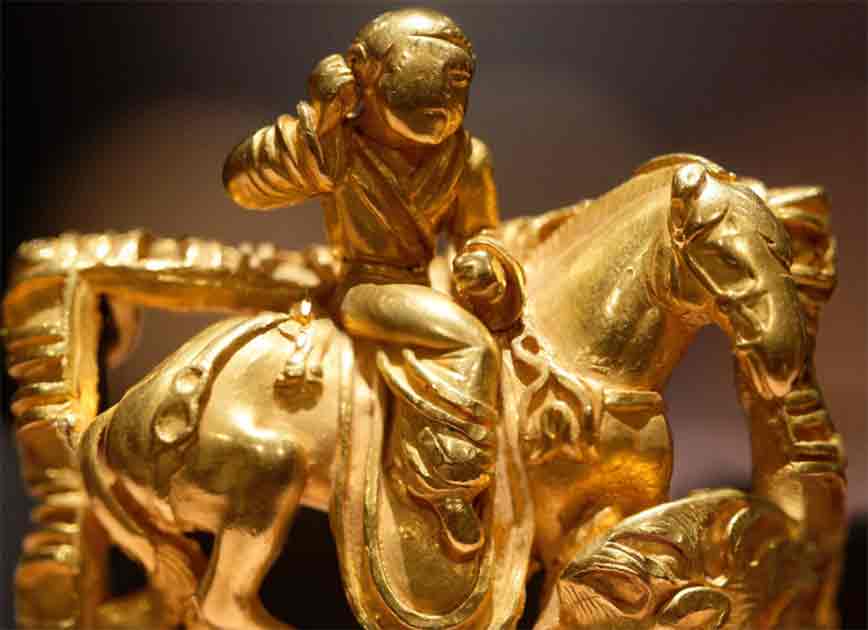Five Most Influential Monarchies in Ancient Asia (Video)
The ancient monarchies of Asia left an indelible mark on history, shaping economies, cultures, and trade routes that endured for centuries. Among these, the Han Dynasty of China stands as a towering example of political astuteness and cultural development. Led by figures like Emperor Wudi, the Han embraced Confucian ideology while fostering scientific advancements and expanding their empire through military prowess.
In Central Asia, the Xiongnu Empire wielded significant influence, challenging China's northern borders and leaving a legacy of mounted warfare and extensive trade networks that foreshadowed later empires. India's Haryanka Dynasty, epitomized by rulers like Bimbisara and Ajatashatru, combined military expansion with religious tolerance, laying the groundwork for future Indian empires and fostering a rich spiritual heritage.
The Achaemenid Dynasty of Persia, under the leadership of Cyrus the Great, established vast territories, promoted cultural exchange, and pioneered administrative systems that facilitated communication across continents. Their reign saw the construction of extensive road networks and the development of a sophisticated postal system, enabling efficient governance and trade across their vast empire.
Finally, the Amorite Dynasty in Mesopotamia introduced innovations in governance and trade, leaving a lasting legacy through figures like Hammurabi and his famous Code, which shaped societal norms and legal systems for generations to come. These influential monarchies, each with its unique contributions and legacies, exemplify the dynamic and complex tapestry of ancient Asian history.
Top image: This decorative belt buckle is of a nomad horseman spearing a boar. The rider wears the steppe dress, his hair is tied into a hair bun characteristic of the oriental steppes, and his horse has characteristically Xiongnu horse trappings. Dated to the 2nd-1st century BC. Source: Public Domain

















